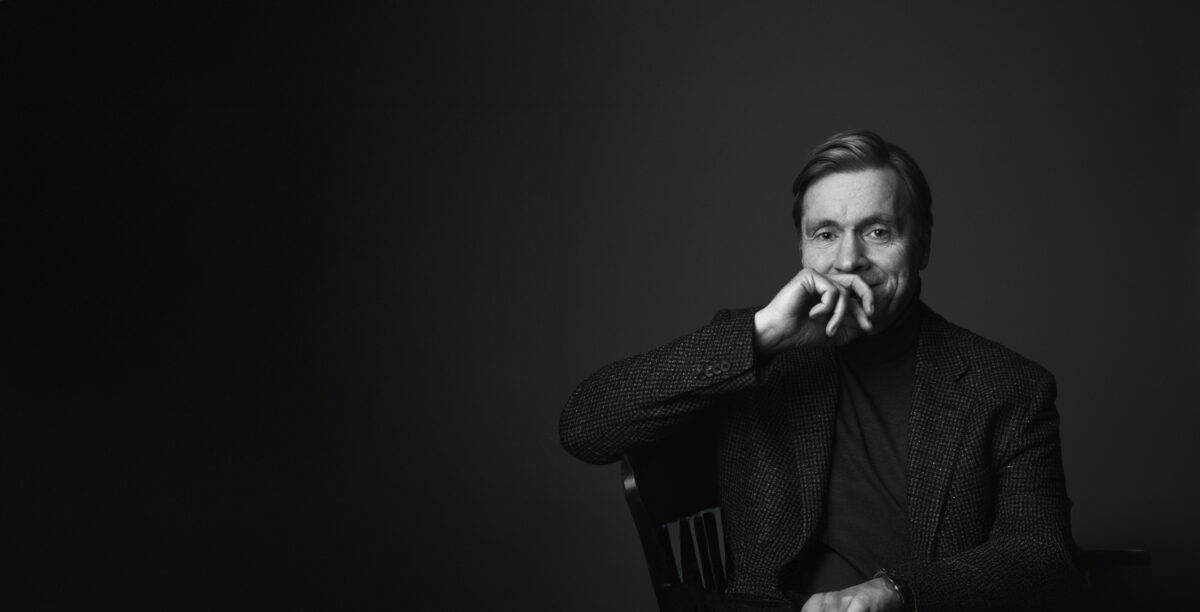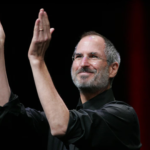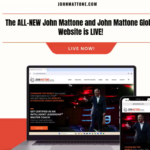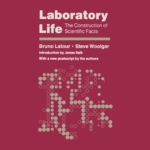Beyond the Hype: Why Human Leadership Still Defines Future-Readiness in the Age of AI

The AI Boom—And the Urge to Act
Artificial intelligence currently dominates boardroom conversations. Just as blockchain did in 2017 and the internet in the late 1990s, AI now commands the full attention of executives and investors. The urgency to respond is understandable: the global AI market already exceeds $390 billion and is projected to grow more than fivefold by 2030. Around 40% of global companies actively use AI, while over 80% are exploring its potential. In India, adoption is already close to 60%. By 2025, as many as 97 million people may be working in AI-related roles. Its estimated economic impact? A staggering $15.7 trillion by the end of the decade.
What the Most Future-Ready Companies Actually Do
Despite the numbers, the most future-ready companies aren’t reacting impulsively to AI trends. As highlighted by Professor Howard Yu in the IMD Travel Future Readiness Indicator 2025, companies like Booking Holdings, Airbnb, Delta, and Marriott are not the ones chasing the next big thing. Instead, they succeed by aligning innovation with long-term thinking—and, critically, by cultivating leadership capable of navigating change. Yu notes that future-ready organizations don’t merely adopt technology; they develop leadership that embraces complexity, enables collaboration, and maintains resilience in uncertain times.
This view strongly aligns with the Intelligent Leadership philosophy, which holds that leadership excellence requires more than technical skills. It demands alignment between a leader’s inner core—values, character, beliefs—and their outer core—strategic competencies such as communication, execution, and vision.
To understand this more fully, it helps to consider the five phases of the technology adoption lifecycle:
- Innovation Trigger – A breakthrough idea sparks attention, though few practical applications exist.
- Peak of Inflated Expectations – Hype dominates. Promises grow. Investment surges—often ahead of practicality.
- Trough of Disillusionment – Disappointments mount as reality fails to meet expectations.
- Slope of Enlightenment – Real-world understanding grows, and practical applications begin to take hold.
- Plateau of Productivity – The technology matures and becomes widely valuable.
Many organizations misstep at the second phase, pouring resources into technologies when they are least stable and most expensive.
We’ve seen this cycle before. Blockchain was expected to displace traditional currencies. The metaverse was meant to revolutionize work and social interaction. Gene therapy was predicted to cure cancer. Electric vehicles were supposed to render petrol obsolete. Each of these technologies continues to develop, but none have met their initial, inflated timelines.
AI is now following the same hype curve. The danger isn’t that it will fail—it’s that poor timing and misplaced investments can erode value instead of creating it. Future-ready companies avoid this trap not just through timing, but through leadership that is both strategic and human-centered.
What truly distinguishes future-ready organizations is not just what technologies they implement, but how their leaders guide those transitions. As AI transforms the technical side of work, it amplifies the need for emotional intelligence, relational trust, and resilient decision-making.
This is where Intelligent Leadership, developed by John Mattone, becomes crucial. The framework helps leaders align their inner and outer core—strengthening not only their ability to adapt but their capacity to inspire others in a high-change environment. Leaders who cultivate this alignment are better equipped to make sense of complexity, foster trust, and rally teams around a shared purpose.
In practice, this kind of leadership looks like grounded presence. It’s the ability to remain composed in ambiguity, to listen before reacting, and to bring coherence when everything around seems fragmented. It requires deep self-awareness and the willingness to grow continually. No algorithm can substitute for the human ability to empathize, resolve conflict, or communicate a compelling vision.
The Real Edge: Human Leadership in the Age of AI
In short, future readiness is not just about knowing when to adopt new technology. It’s about knowing how to lead when you do.
The most future-ready organizations are not those with the most advanced tools—but those with the most adaptable, human-centered leadership. The workplace of tomorrow will be a blend of machine precision and human creativity. And while technology will continue to evolve, the irreplaceable human touch—empathy, vision, trust—will remain the beating heart of resilient, high-performing organizations.

Explore the leadership and executive coaching services we offer
Discover how Executive Coaching @ The Hubler can guide you toward a renewed sense of purpose and sustained success. Explore the leadership and executive coaching services we offer and reach out to discuss the approach that best aligns with your aspirations.











